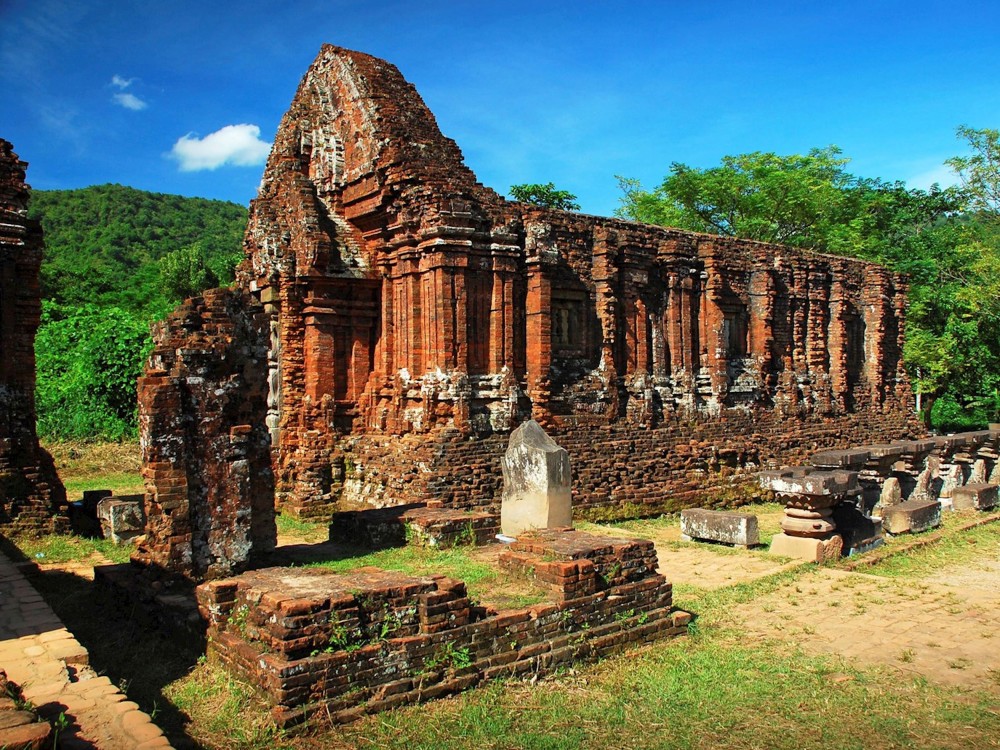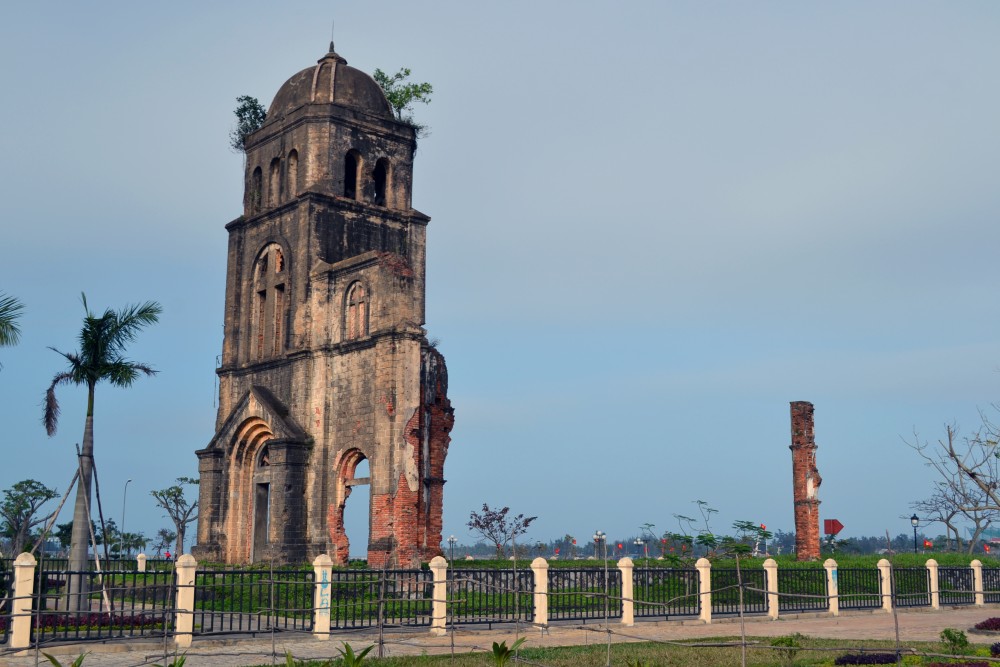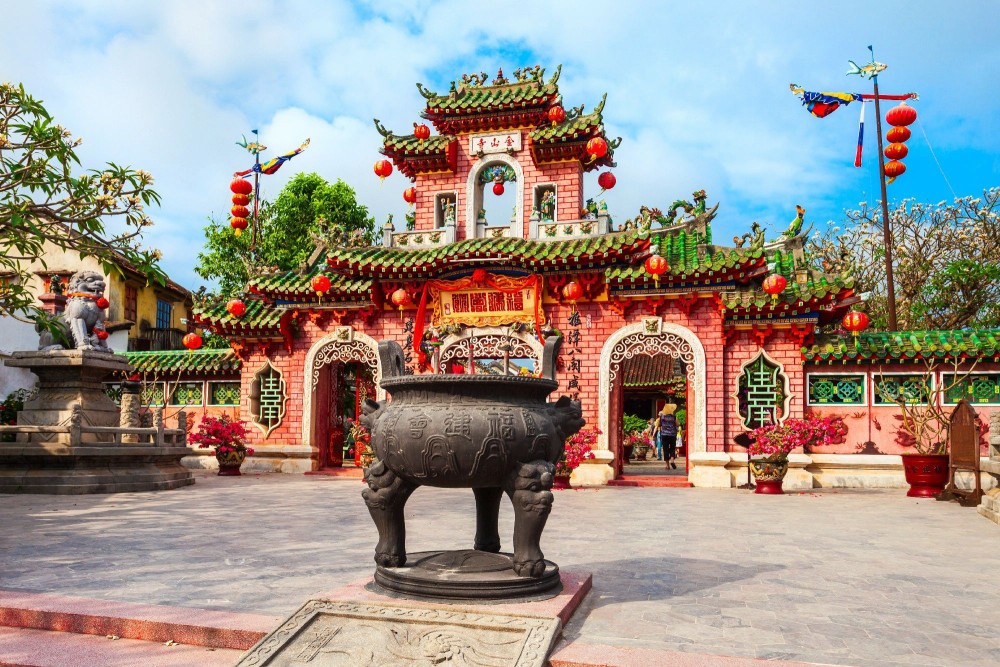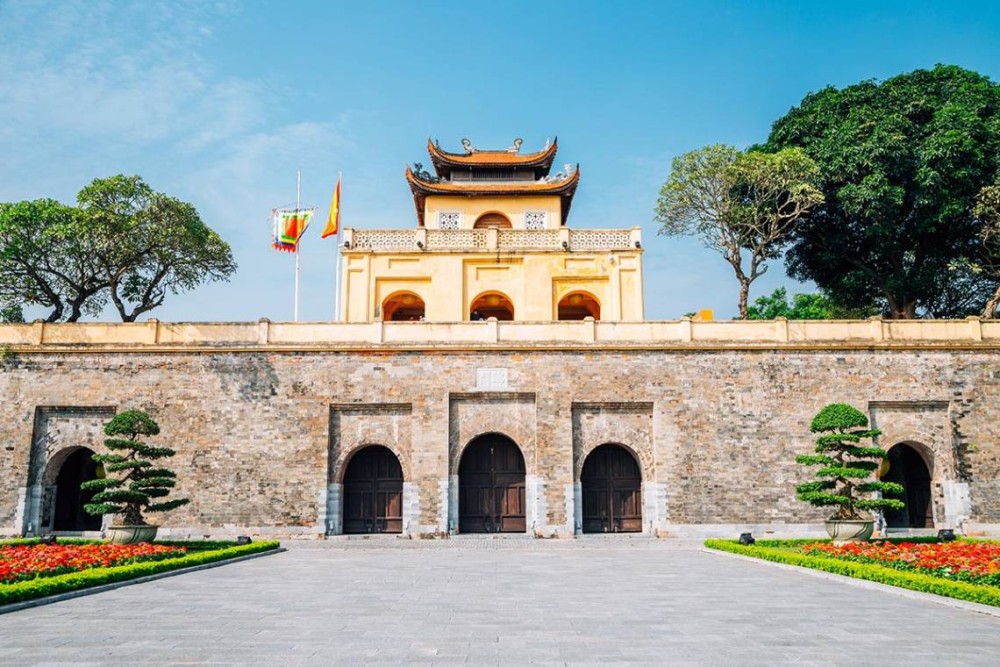- Vietnam
- Things to do in Dong Hoi
- Cultural and Historical Sites in Dong Hoi: A Journey Through Time
Cultural and Historical Sites in Dong Hoi: A Journey Through Time
Dong Hoi is more than just a coastal retreat—it’s a city with a rich and resilient history. From ancient gates to wartime relics, its cultural landmarks tell a story of strength and survival. Explore these historical sites to uncover the past and experience the heritage of this remarkable city.


1. Tam Toa Church – A War-Time Remnant
Once a grand Catholic church, Tam Toa now stands as a haunting yet powerful reminder of the Vietnam War. Bombed in 1968, only the façade remains. This site symbolizes Dong Hoi’s resilience and is a must-visit for those interested in the country’s war history and its lasting impact.

2. Quang Binh Gate – A Portal to the Past
Dating back to the Nguyen Dynasty, Quang Binh Gate was once a crucial part of the city’s defense system. The gate has been carefully preserved, offering visitors a glimpse into the region’s feudal past. Walking through it feels like stepping into history, surrounded by ancient architecture and stories of the past.

3. The Ancient Hoang Phuc Pagoda
Hoang Phuc Pagoda, one of Vietnam’s oldest Buddhist temples, has stood for over 700 years. Despite destruction during the war, it has been beautifully restored. The temple remains a peaceful spiritual site where visitors can admire its architecture, explore ancient Buddhist relics, and experience the tranquility of its surroundings.

4. Dong Hoi Citadel – A Fortress of History
The Dong Hoi Citadel, originally built in the 17th century, played a crucial role in Vietnam’s military history. Though only parts of the walls remain, this site offers a glimpse into the city’s strategic importance. Strolling through the ruins gives a sense of the city’s storied past and resilience.

5. Mother Suot Statue – A Tribute to Heroism
Located by the Nhật Lệ River, this statue honors Mother Suot, a local heroine who bravely ferried soldiers across the river during the war. It stands as a symbol of courage and patriotism. Visiting this site provides insight into the bravery of everyday people who played crucial roles in Vietnam’s history.
You may also like these
Copyright © 2025 All Rights Reserved


